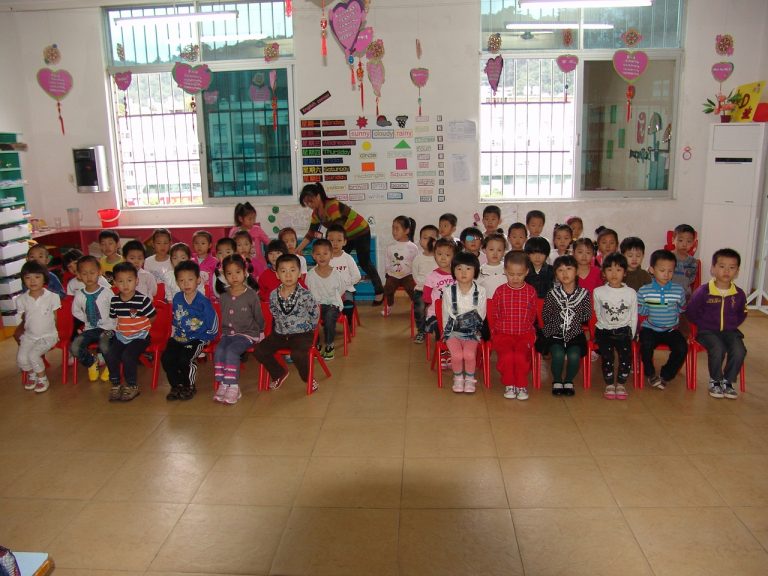In 1979, China sent a delegation to the United States to evaluate their primary school education system. Their 30,000-word report noted the following points that were based on regulation vs innovation.
Regulation vs innovation
- Regardless of how well or poorly a student performed, they were all equally high-spirited and full of ambition;
- Students in the second grade of primary school read at relatively low levels. They used their fingers to add and subtract. They talked about inventing and creating things all day long. They believed that they could do almost anything;
- Priority was placed on creative subjects like music and art, rather than on mathematics, physics, and chemistry;
- The classrooms were chaotic — the children sat cross-legged or stood, and some even wandered around; they continued talking throughout, winked at each other, and were out of control.
So what was the Chinese delegates’ conclusion? The education system in the U.S. is inadequate and in 20 years, China’s science and technology will surely surpass that of the U.S.

US delegates assess Chinese schools
In the same year, the U.S. sent a delegation to China in reciprocation to evaluate several schools in Beijing, Shanghai, and Xi’an and wrote a report, saying that:
- The children sit rather motionless with their hands in front of them and only raise their hands when they are allowed to do so by the teacher. Kindergarten children react the same, except that they tend to keep their hands behind their backs;
- Children get up early and are out of the house before 7 a.m. They eat their breakfast outside while walking;
- Children do their homework after school as a continuation of school;
- Students with the highest test scores receive a certificate at the end of each semester as a reward for being the best performers.
And what was their conclusion? The children in China get up early, go to bed late, and are the most diligent in the world. Their academic performance is equal to children of the same age in other countries. In 20 years, China will certainly be ahead of the U.S. in terms of science and technology.

The results, many years later
Forty-three Nobel Prize winners and 197 knowledgeable billionaires have emerged out of the U.S. — something China hasn’t been able to match.
So consider these points:
- Is China putting too much emphasis on regulation, control, and discipline?
- Are they obsessed with maintaining people in orderly groups?
- Are they underestimating the power of freedom, individuality, spirituality, and creativity, and do we appreciate our human rights to freedom enough?
- What is the purpose of learning?
- And how do children learn best?
Chinese people are taught that the broader their knowledge base, and the more of it they acquire, the better. Europeans and Americans have an appreciation for new knowledge, creativity, and innovation, which can be summarised by the saying: “Take your thoughts where they have never been.”
Translated by Chua BC and edited by Emiko Kingswell








